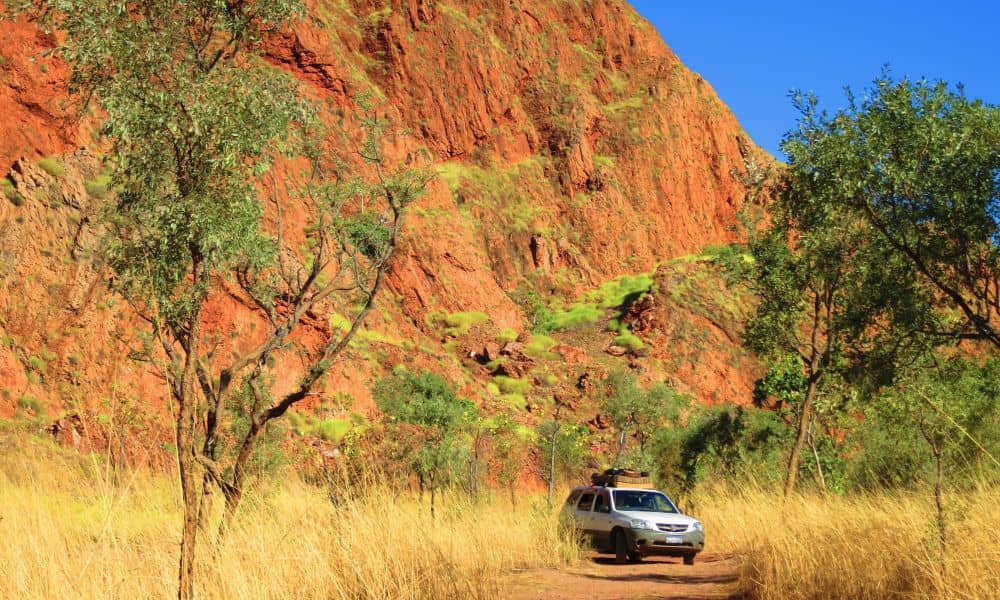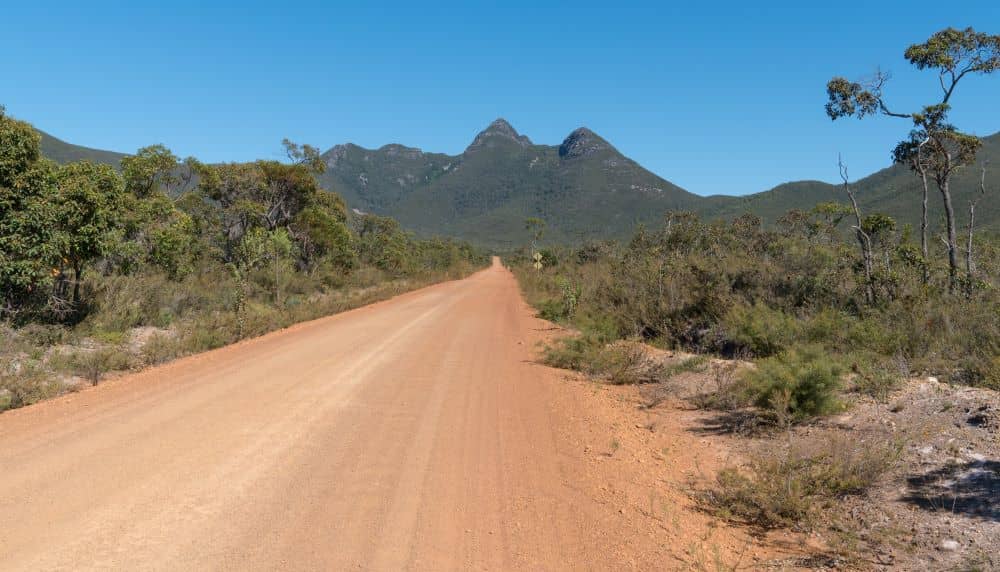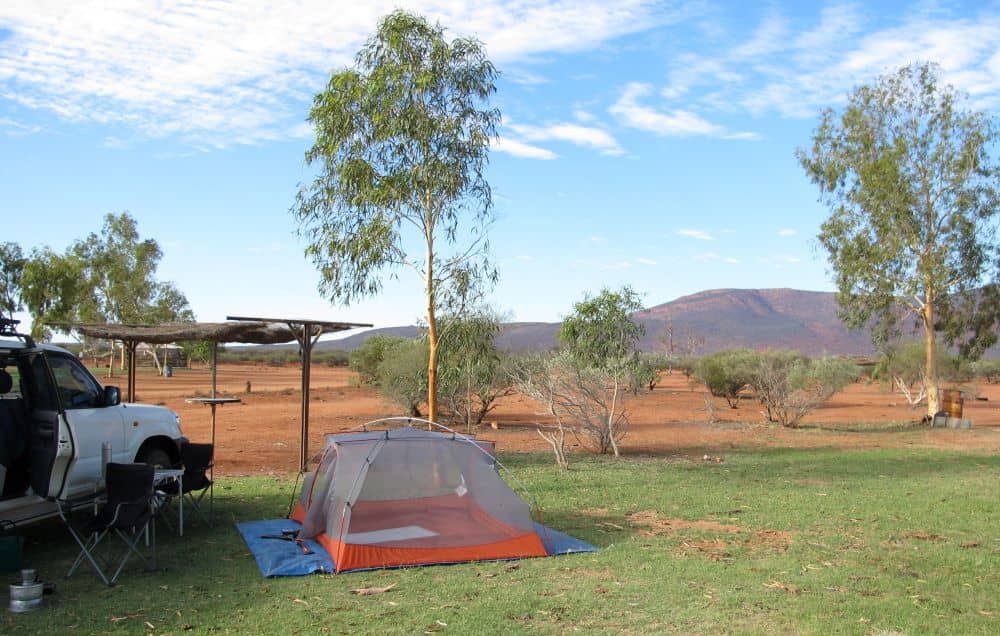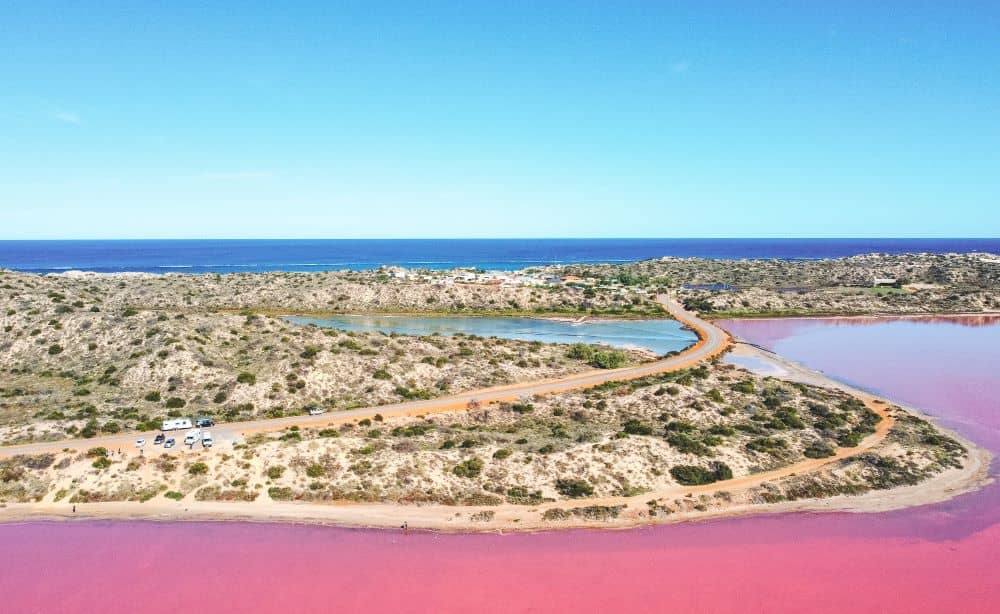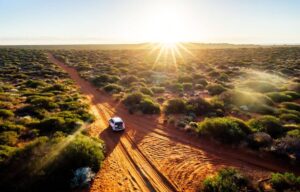
The charm of the Western Australian outback is unmistakable. Some of the country’s amazing landscapes, wild animals, and ochre red earth are all here. How do you plan to see all the beauty that the outback offers? There’s nothing quite like it with so many places to visit and things to see. If you do not know where to begin and where to go from here, this blog is for you. We’ll give you seven secret spots that you, your whole family, and your friends will enjoy seeing and experiencing.
But first, let’s talk about how you can have a stress-free ride.
How to Prepare Your Car for an Outback Western Australian Adventure
As striking and beautiful outback WA is, there are numerous problems to deal with. From the searing temperatures to the unforgiving terrain, you can already tell how crucial it is to be prepared. And we’re not talking about just what to wear and food or drink to bring. We’re talking about your car.
Benjamin Franklin used to say, “By failing to prepare, you are preparing to fail.” While he didn’t travel to Australia and see the outback in a 4WD, we can all agree that he had a good piece of advice. And it still rings true to this day.
Driving through the dry, remote outback should never be underestimated. Check your car for issues and assess if it is roadworthy, particularly the outback:
- Tyre Pressure: Remember that tyres increase due to heat and pressure. You will also have to deflate your tyres as you cross sandy tracks and sandhills.
- Petrol: You need to fuel up your car before you leave. It also helps if you have an extra 20-litre can or two with you, as well as a funnel to help fill the tank. This is helpful if you plan to visit a remote area. You could run into problems, such as with your fuel pipe, especially on rough terrain. Be careful with fuel, however. You don’t want to leave petrol on your roof rack or even inside the car.
- Dashboard Cover: The hot temperatures can quickly wear your dashboard. Install a cover that fits your dashboard perfectly before you start your adventure.
- Seat Cover: You do not need to survey the people going with you on your trip to know that it would be uncomfortable for them to sit on hot seats. Make the journey less of a hassle for everyone by fitting seat covers for your car.
- Screws, Bolts, and Nuts: Make sure all are tightened before you head out. You may be familiar with certain outback roads, such as Red Centre Way and Sandover Highway, which often cause loose screws because of the corrugated roads.
- Exhaust: The exhaust system should be checked, as well. It should be correctly attached to the body or chassis of the car to ensure it gets the support it requires under severe conditions.
- Bug Screen: Needless to say, you will encounter a lot of insects along the way. Protect your car with an appropriate bug screen.
- Sun Shades: Car windows are not enough to protect the passengers and car interior from the angry outback sun. Use sun shades to keep everyone safe from harmful UV rays. They are also valuable for keeping insects out of your car.
- Suspension and Shock Absorbers: Inspect these parts very carefully. If your shock absorbers show signs of wear or leak, you should have them replaced.
- Lights: All lights should be functioning, which is especially important if you’re towing a caravan.
Get your car professionally serviced about three or four weeks before your trip. This is usually enough time to see if anything else needs fixing. Have spare parts ready, too. Just because everything is working does not mean nothing will go wrong when you’re on the road.
7 Fun Locations You MUST Visit
1. Wheatbelt Way: Most Likely WA’s Best Kept Secret
Taking a self-drive trip through the Northern Wheatbelt region is a fantastic way to see WA’s natural attractions. The adventure begins in Dowerin and takes about 800km of driving through Westonia and Koorda. As you make your way through all the other towns in between, you will love the sights of the countryside.
For the main attractions, you can easily find them along the way, from the small town of Williams to Kodja Place and Katanning to Mount Barker. Take our word for it: this road trip is perfect for every camper. There are over 10 free campsites and other places where you can stay at night. If you’re visiting later in the year, you might catch the wildflowers bloom. This usually takes place from August to November. See the paths bursting in various beautiful colours or just stare at the star-filled skies.
2. Goongarrie National Park: The Little-Known Park with a Rich History
This location may not be as popular as other national parks near it, but it offers a lot for you to explore. Find it 90km north of Kalgoorlie. This park is about 590km east of Perth. Goongarrie National Park is full of Aboriginal sites and even shows you a part of Lake Marmion. You will find wildflowers, especially after the rainy season. The homestead complex is where you can find a shearer’s cottage and sandalwood camp.
Speaking of camping, you’re allowed to camp in one of the three buildings on site. All come with their tables, water supply, showers, and rainwater. They offer electricity connections, but you have to bring your generator.
3. Karlamilyi National Park: The Most Remote You Can Get
Formerly known as Rudall River, Karlamilyi is WA’s largest national park. Even so, it is still not getting as much attention as it should – but maybe that is a good thing. Karlamilyi is an actual desert park, extremely remote. Getting to the area will make you feel it is already an achievement. If you’re new to the great outback, you may want to avoid this place unless you have someone with you with some local knowledge. It’s situated about 1,250km northeast of Perth.
This park connects the Gibson Desert and Great and Little Sandy Parks in the Pilbara region. If you’re driving a 4WD vehicle, there are several tracks for it within the park. You can take them to go camping, visit Aboriginal sites, go swimming or birdwatching. Take a satellite phone and GPS to make sure you do not get lost.
4. Mount Augustus: The Biggest Rock in Australia
You probably think Uluru is the biggest rock in the country, but that’s not the case. Mount Augustus is heralded as the greatest stone in the world, elevating 717m and covering more than 4,700 hectares of land. That means it is almost twice the size of Uluru. The central ridge is about 8km long and is thought to be about 1,600 million years old.
Mount Augustus is situated 1,000km north of Perth. That sounds like a long trip, but it is all worth it! It is isolated and still one of Australia’s true wonders. To get to the area, you can drive 10km north of Carnarvon on Highway One. Take the Carnarvon-Mullewa Road on the east for about 430km until you reach the entrance of the park.
There are so many things to see while in the area. The Burringurrah is a sacred rock that you can climb, but be warned; you need a bit of strength and determination to get to the end. There’s no water source here, so make sure you have enough as you get to Mount Augustus. We recommend four litres or more per individual.
5. Wolfe Creek Crater: A Major Meteor Impact Site in WA
Have you watched the 2005 film, Wolf Creek? If so, you will likely recognise Wolfe Creek Crater. It’s a meteor impact site located just south of Halls Creek. The breathtaking crater is expansive, about 900 metres in diameter.
It’s notable because you can immediately see that it is a meteorite impact site and perhaps due to its location. The crater is not anywhere near a mountainous area. And because of this, it has not eroded even though the impact took place 300,000 years ago. The meteorite is believed to have weighed over 50,000 tonnes, which travelled at 15km/second. This speed would have allowed it to move across the country in just five minutes.
Wolfe Creek Crater is great for sightseeing, walking, and taking many photographs. Do not miss the crater rim, which you should certainly view when you make it. A camping area is free to access for visitors where you can find a few cleared sites and clean toilets.
6. Hutt Lagoon: The Incredible Pink Lake
Just the nickname Pink Lake will convince you that this spot is a must-see. Hutt Lagoon is situated on the Coral Coast, which you can reach in less than six hours of drive from the north of Perth. If you have seen the lake in pictures, wait till you discover it in person. It’s strikingly pink, and it’s all real. This colour is due to the algae called Dunaliella salina, which live in the water.
Hutt Lagoon covers approximately 70 square kilometres, which is a marvel on its own because of its vastness. If you want to witness the lake at its pinkest, visit in the mornings. The colour can change depending on the weather and season. When exposed to the sun, the algae produce beta-carotene, spreading to the water, giving it a pink to purple hue. So that means you should visit during the hot summer days to see the lake in its full glory.
Don’t worry when it’s overcast; the lake still looks silver or sometimes grey. Summer can dry you much of the lagoon, but there’s still a lot of pink left.
7. Esperance: Unbeatable Coastal Bliss
Esperance is considered one of the finest beaches in the country – and rightfully so. The Great Ocean Drive of Esperance is an enchanting path that you wouldn’t want to end. Before you begin the drive, we recommend visiting West Beach and Blue Haven Beach, along with the other beaches along the way. These places are so exciting, with the granite boulders rising from the waters. If you get close, you could see schools of salmon racing along the coast. This is typically between December to February.
As you start the drive, don’t miss the Twilight Cove. It has calm waters that surround an impressive granite island. You can get to this island by sandbar from the beach. The next section will take you to Nine Mile Beach and then towards the Ten Mile Lagoon, a protected area where you can enjoy swimming and snorkelling.
From the Ten Mile Lagoon, you can continue driving inland through the pastoral hinterland of the town. In Barook Road, go to Lucky Bay Brewing Co, which is an excellent spot for you to unwind and drink some beer – but not just any beer. It’s made of raw barley, not malted barley. More importantly, the brewing team gets their barley from farms in Esperance, which lets them create handcrafted local beers.
The final stage of the trip will take you back to Esperance. You will see the Pink Lake on your way back. End your tour with a walk to visit the museum village. It has craft shops, heritage buildings, and art galleries.
The outback spots in Western Australia are among the best four-wheel drive odysseys in the country. Good planning will help you explore a lot of areas without any setbacks. Prep your car, install Shevron accessories, plan your itinerary, pack food, drink, and other essentials, and don’t forget to have fun!
